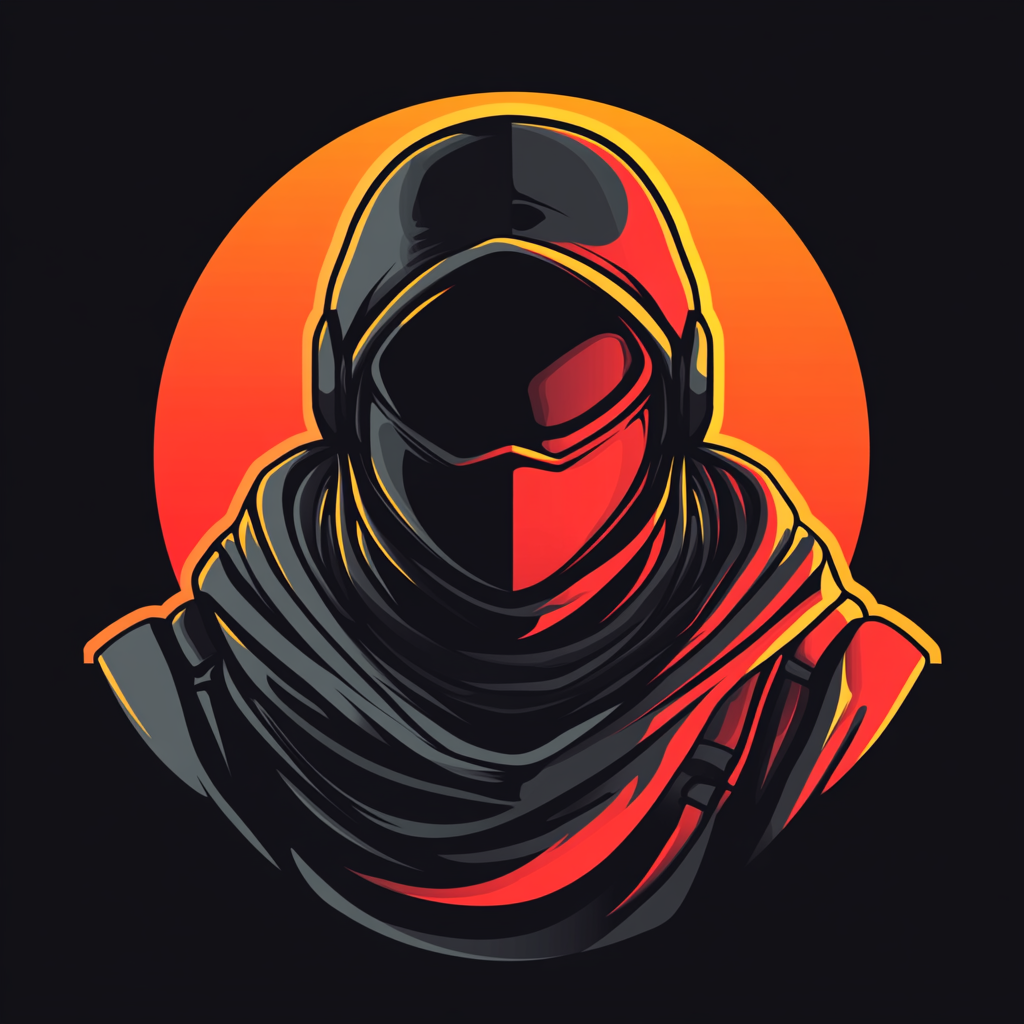Inside the World of CS Map Design: Logic, Balance, and Creativity
Behind every iconic match in Counter-Strike lies a battlefield carefully constructed not just with bricks and textures, but with strategic intent, flow, and competitive balance. Maps in CS are not just backgrounds — they are dynamic arenas that shape every decision a player makes.
The Blueprint of a Good Map
Counter-Strike maps must follow strict rules of balance. Unlike casual shooters, CS maps are asymmetrical by design: Terrorists (T) attack, Counter-Terrorists (CT) defend. But even with that imbalance in objectives, fairness is key. Mapmakers must ensure both teams have equal chances of success.
| Design Element | Description | Impact on Gameplay |
|---|---|---|
| Choke Points | Narrow passages forcing engagement | Creates tension and tactical control zones |
| Rotations | Paths between bombsites and spawn areas | Determines how fast teams can reposition |
| Visibility | Angles, sightlines, and cover spots | Controls who sees first and takes initiative |
| Audio Cues | Surface types and acoustic design | Helps players identify movements and plans |
Classic Maps and Their Genius
Maps like Dust2, Mirage, and Nuke are not just popular — they’re studied. Each has a unique identity, but all follow the sacred rules of CS design: balance, replayability, and skill expression.
- Dust2: The king of symmetry, offering fast combat, balanced sightlines, and iconic mid control.
- Mirage: A perfect map for utility usage, smoke lineups, and coordinated executes.
- Nuke: Verticality done right. Mastering this map requires deep knowledge of angles and rotations.
The Creation Process
Building a map starts with sketches and ideas — often influenced by real-world architecture or memorable locations. Then, using tools like Valve’s Hammer Editor, level designers build the geometry and layout.
Steps include:
- Blockout phase: Basic shapes and routes are created, testing scale and flow.
- Gameplay testing: Map is uploaded for internal or community playtesting to gather feedback.
- Detailing: Once layout is solid, designers add textures, lighting, props, and atmosphere.
- Optimization: Performance improvements are applied for smooth gameplay.
Custom Maps and the CS Community
The modding community has created thousands of maps over the years. Sites like the Steam Workshop give visibility to rising creators. In fact, some competitive maps started as fan creations — including Cache and Ancient.
Mapmakers often share their work in forums, collaborate on updates, and even earn a place in official map pools. This synergy between developers and players is one of the reasons CS remains fresh after two decades.
Designing for CS2
With CS2’s new Source 2 engine, map design enters a new era. Improved lighting, real-time reflections, and enhanced tools allow for more immersive environments and precise gameplay. Map creators now have more freedom — but the core logic remains the same: create a playground for strategy, skill, and competition.
Fascinating Facts
- Dust2 has been played in over 100 million competitive matches.
- Mirage was originally a custom map before Valve adopted it officially.
- Professional teams spend hours per day practicing map-specific tactics and grenades.
- Top-tier maps go through hundreds of revisions before reaching final form.
Every corner, every doorway, and every shadow in CS maps is the result of careful planning. That’s what makes each round unpredictable, every retake thrilling, and every victory earned. Map design is not just an art — it’s the silent architect of every legendary moment in Counter-Strike.
